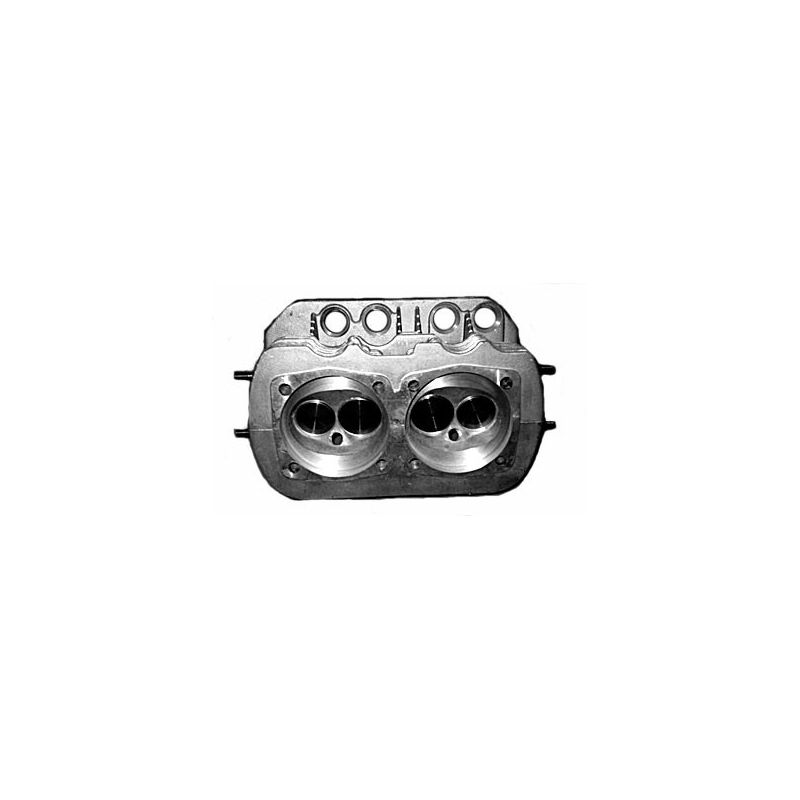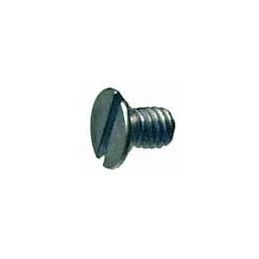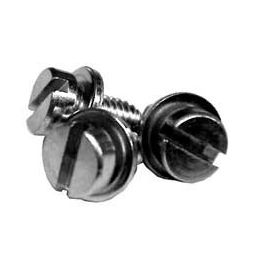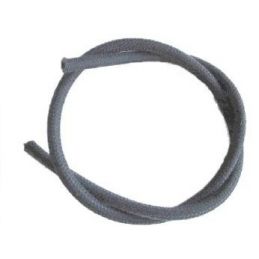Big Bore pistons and Heads.
So you think you want to add bigger pistons and cylinders? How do you know if it’s a good idea for your car? This article will explain how to go about adding big pistons and cylinders, and if it’s a good idea for your ride.
Let’s get started: If 75% or more of your power comes from the head, why would you cheat on the heads? Main reason, I’m sure, is that a good set of heads costs money and it doesn’t get you any more CCs. I personally think it’s a waist to put bigger pistons and cylinders on if you’re not going to do a good set of heads at the same time. Here is another way of putting it. Would you take a small block Chevy 350 and bore it out to 454 and put the stock 350 heads back on? No, so why would you do it with a VW?
So what is a good set of heads? First, you need to decide what you’re wanting. Is this a daily driver? Is this a Friday/Saturday night car? Is this a racecar?

For a Daily Driver: In my opinion, if this is a daily driver I like a 40mm intake with a 35.5mm exhaust. If I am running an Engle 110 or similar cam I use single heavy-duty springs. This is the way to go, here’s why: We need the bigger valves with the bigger bore. So if that is good why not 42 by 37? Well that size will give us better flow but the seats now are so big that it doesn’t leave much aluminum under the seats where the two seats come together. With out that thickness there, the valve seats tend to sink. Then our valve is no longer sitting on a true flat surface and then the valves leak. Springs; I rate the springs on RPMs. If our motor doesn’t make power in the high RPMs, then dual springs are not needed. Dual springs will put undo wear and stress on valve train parts. If you’re running a single heavy duty spring then I would run 3/8” aluminum push rods. This way the rod expands more with the engine. Ports are really important here. You don’t want a huge port on a low compression daily driver. If you get large ports then we lose vacuum signal to the carb at low RPMs. With that said, we do want the port matched to the valve seat. I see a lot of heads that have the bigger valves but the port is not blended. In other words you should have a nice flowing port that has no humps or bumps in it. A lot of heads I see are opened up to the valve guide for the bigger seat and the from the valve guide back is stock size. In that case, having the bigger valve really doesn’t help that much. An engine is an air pump and how we get the air in and out really matters. One note here is that if this is a daily driver, a good cooling head is what we want. A race head is stronger but doesn’t necessarily have good cooling properties. With a good cooling head, you should be able to see through the head around the intake and exhaust ports. This way, the air from the fan can push through the head, around the ports, and exit the hot air under the engine. On a lot of racing heads this is not done so the air is just is stagnate in this area.
For a weekend car: This kind of motor is going to have higher compression and a larger cam, which requires bigger valves. So you can go with 40 by 35.5 with a dual spring or go 42 by 37. Since this is a Friday/Saturday car, you will have to do a valve job in 20 to 40K miles. That just comes with the territory. Your ports should be in relationship to your cam and compression. The higher the compression and cam, the bigger the ports can and should be. With push rods, my feelings are with dual springs you should run chrome moly push rods. The chrome moly rods do not expand as fast as an aluminum rod, so I usually set my valves tighter to try and make up for that. That means I need to adjust the valves often to insure I don’t get a tight valve.
For a racecar: Bigger is better, plain and simple. These engines are going to be running higher RPMs, so the bigger the valve the better the air flow along with a much bigger port. Keep in mind here that a racing head can be stronger but not necessarily as good at cooling. It goes with out saying here too that you would be running chrome moly push rods and dual springs. The higher the RPMs the more spring you should have. There are lots of good race heads out there. Do your homework on what head is best for your combo.
So now that we have matched the heads with the bigger pistons and cylinders, we will have to match the carburetion with the better heads. The stock carb is not going to cut it. Hey what about the exhaust? Yep, that should be upgraded too. A good four into one exhaust is the way to go. Size is dependent on what this is. A daily driver should be small. The bigger the heads and valves the bigger the exhaust needs to be.
All the above is for a non-blown application. A blower can make up for small valves and ports. With a blower, you are not relying on vacuum to get fuel and air into the cylinder.
So with all this said you should really think about your budget and what you want out of this engine. An engine is a combination of parts working together. It is only as good as its weakest part. If you’re not willing (or can’t afford) to buy the other parts that go with a bigger bore, I believe you’re wasting your money. Leave it the stock bore and add something else to get a little more power.







